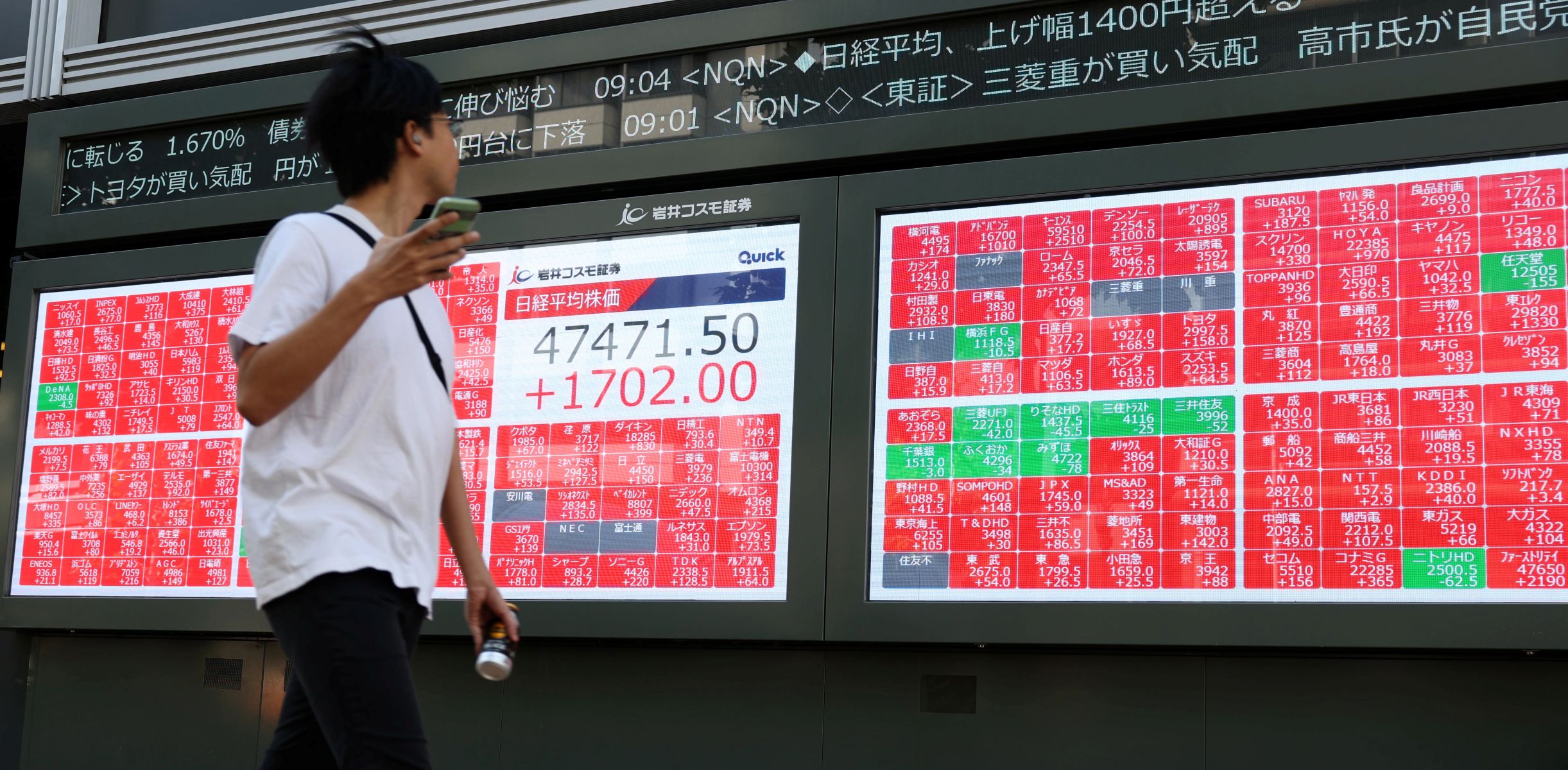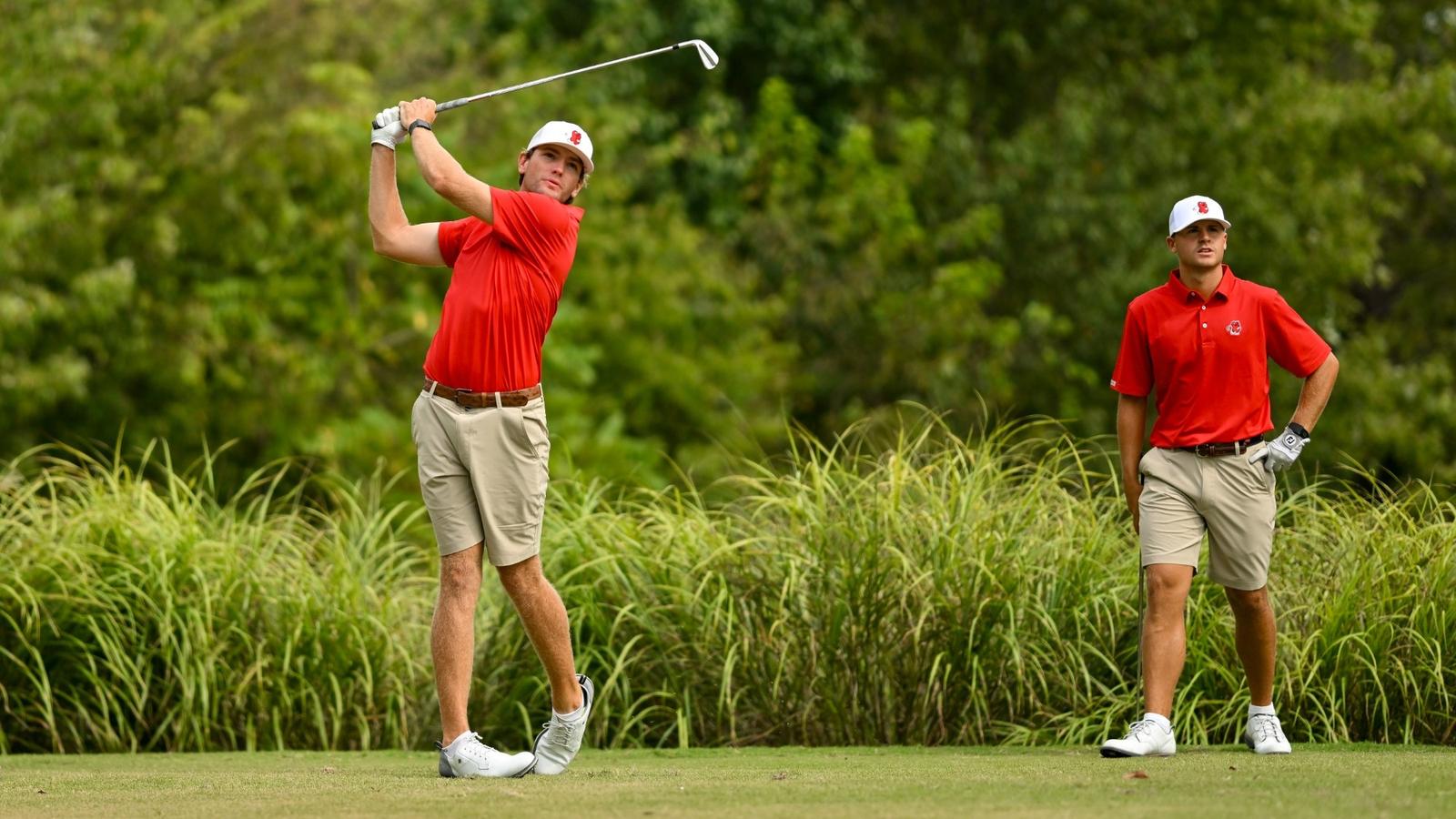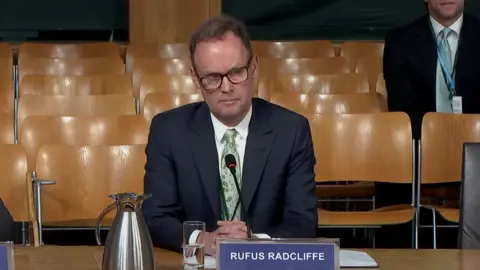The Wildcats…
Blog
-

Northwestern Defense Steps Up, Paving Way to Upset Victory over Penn State
With 4:51 remaining and a 22-21 lead, the Northwestern defense came onto the Beaver Stadium field in a situation all too familiar: needing to thwart a potential game-winning drive — just as it did two weeks earlier against UCLA. -

October 2025 update to TIGER: Surface resilience even as underlying fragilities mount
The global economy has proven surprisingly resilient, but cracks in the foundation are beginning to appear. The October 2025 update of the Brookings-FT TIGER (Tracking Indexes for the Global Economic Recovery) reveals an economic landscape that looks benign but remains unsettled, with household and business confidence weighed down by trade policy uncertainty, political upheaval in many countries, and geopolitical volatility.
Advanced economies are grappling with rising debt burdens, aging populations, and political gridlock. Emerging market economies have been helped in part by a weaker dollar that has alleviated financing pressures but are showing signs of strain. Protectionist tendencies triggered by the Trump tariffs are rippling through labor markets and dampening consumer demand around the world, compounding structural weaknesses in trade-dependent economies. Meanwhile, financial markets, which were initially spooked by America’s erratic trade policies, are forging ahead, with equity indexes across the world scaling new highs even as growth prospects weaken.
Select a country below the Composite Index to view charts for the main TIGER indexes by country and charts for the indicators that make up the indexes, which are broken down by real activity, financial, and confidence indicators for advanced economies and emerging markets.
The U.S. economic expansion is losing steam as the Trump administration’s erratic trade policies, harsh attitudes toward immigration, and cuts in social expenditures take a toll on growth and employment. Equity markets have forged ahead, bolstered by exuberance about productivity and other benefits of artificial intelligence (AI). While the probability of a recession remains low, aggregate indicators have thus far masked manufacturing sector weakness and the labor market looks less robust than it had appeared just a couple of months ago. Inflation has remained in check, but that is changing as companies reach the limits of their ability to absorb tariffs and pass on the costs to consumers. The Fed’s room for maneuver is becoming increasingly constrained by an uptick in inflation, a weakening labor market, and explicit political pressures to cut policy rates.
The core eurozone economies are floundering. Germany is facing a potential third consecutive year of economic contraction as it remains beset by loss of manufacturing competitiveness and skill shortages. A revival of industrial production has done little to reverse the decline in job numbers or boost private spending. France is on the brink of a fiscal crisis driven by excessive public spending, with political turmoil impeding meaningful reforms essential for a recovery. The economies of Southern Europe, especially Italy, Spain, and Greece, have seen their reversals of fortune continue, with improved fiscal positions as well as robust service sector expansion and wage growth.
Growth in the United Kingdom has flatlined as the beleaguered Labour government struggles to manage the high cost of living and a failing public services infrastructure, which have contributed to low levels of confidence. In Japan, rising inflation has prompted a hawkish shift on monetary policy, although the Bank of Japan has to navigate around the dangers that the decline in global demand and an uncertain tariff landscape pose to the country’s export-oriented economy. South Korea is confronting weakness in domestic household demand and its export growth could be dented if high tariffs hit its automobile and chip exports.
The Chinese economy has maintained stable aggregate growth but that expansion has become increasingly unbalanced. Weak household demand and cutthroat corporate competition have resulted in persistent deflationary pressures, even as exports to non-U.S. markets have continued to grow rapidly. The government’s “anti-involution” drive to restrain competition that is destructive to corporate profits has not been accompanied either by policy stimulus or reforms to boost consumption demand. Nevertheless, along with measures to increase retail investor participation in stock markets and the confidence boost from China’s AI boom, it has led to a sharp rally in equity prices. The housing market continues to unravel and remains a drag on private sector confidence.
India’s economy continues to post strong growth, driven by a resilient urban consumer base and high levels of manufacturing investment. Falling inflation and disciplined fiscal policy have created room for monetary easing if needed to support growth. The challenge of creating jobs for its young and expanding workforce is being intensified by an uncertain trade landscape, particularly as the U.S.-India economic relationship has turned unexpectedly rocky. This development has also dimmed India’s luster as a destination for foreign investors.
Soaring military outlays and falling energy prices have dampened Russia’s growth prospects, following several years in which the economy had successfully weathered Western sanctions. Emerging markets in Latin America continue to contend with low growth and large current account deficits. Brazil’s economy is slowing, held back by lower household consumption and falling investment. Mexico has fared better, with resilient exports and easing inflation supporting modest expansion, though weak investment and exposure to US tariff risks have tempered growth momentum.
Economic growth has been surprisingly stable in most corners of the world, despite enormous uncertainty in global trade and geopolitics, as well as various short-term and looming long-term pressures that each economy faces. As growth slows even moderately, structural issues that have been simmering under the surface will become increasingly apparent and difficult to ignore. The divergence between growth prospects and equity market performance suggests a more benign outlook, perhaps buoyed by the transformative potential of AI and the hope of less uncertainty in the trade landscape, even if tariff barriers settle at a higher level than in the pre-Trump period. Policymakers need to use this time of relative calm to push forward with reforms and disciplined policies that will improve their economies’ resilience in the face of greater volatility engendered by the breakdown of the rules-based order.
Continue Reading
-

Men’s Golf Heads to Purdue Fall Invitational
BOWLING GREEN, Ky. – The WKU men’s golf team’s fall schedule continues at the Purdue Fall Invitational on Monday, Oct. 13 and Tuesday, Oct. 14 in West Lafayette, Indiana at the Birck Boilermaker Golf Complex.
TOURNAMENT INFO- Purdue Fall…
Continue Reading
-

Microsoft Stock Set to Benefit From 365 Premium Launch
Microsoft Today
$510.96 -11.44 (-2.19%)As of 10/10/2025 04:00 PM Eastern
- 52-Week Range
- $344.79
▼
$555.45
- Dividend Yield
- 0.65%
- P/E Ratio
- 37.46
- Price Target
- $618.47
Microsoft Corporation NASDAQ: MSFT recently…
Continue Reading
-

Cancer specialist warns how consuming too much dairy regularly may raise cancer risk: ‘People who consume…’
Dairy products are a common part of diets worldwide, often praised for their calcium and protein content. However, like many foods, moderation is key. Consuming certain dairy products excessively may pose health risks. Dr Sharmin Yaqin, M.D….
Continue Reading
-

3 Survivors Share Their Remission Stories
Share on Pinterest Three early onset breast cancer survivors share their stories. From left: Natalia Socorro, Danielle Lindner, and Stephanie Rico Masterson.
Design by Viviana Quevedo; Photography courtesy of Christina Ward
Photographs courtesy of…Continue Reading
-

A Raspberry Pi works well as a file-sharing server, but please don’t use it as a dedicated NAS
Thanks to its solid package compatibility, useful HATs, and resourceful community of tinkerers, the Raspberry Pi is easily one of the most versatile devices you can buy for your computing projects. With the newer RPi boards packing more firepower…
Continue Reading
-

TOURNAMENT PREVIEW: Bulldogs Head to Spartanburg for Terrier Intercollegiate
TOURNAMENT INFORMATION
Terrier Intercollegiate | Hosted by Wofford
Country Club of Spartanburg | Par 72, 6,648 yards
Spartanburg, SC | Oct. 13-14, 2025
Live StatsASHEVILLE’S FIVE
- Breanna Hoese
- Caroline Patterson
- Pennie Osterberg
Continue Reading
-

Party leaders condemn STV plan to cut north news show
Jamie McIvorScotland news correspondent
 SNS
SNSSTV is seeking £2.5m of savings by next year The leaders of Scotland’s five main political parties have called for STV to abandon plans to scrap its separate news service for the north.
In a highly unusual move, the SNP, Scottish Conservatives, Scottish Labour, Scottish Liberal Democrats and the Scottish Greens united to sign a letter to TV watchdog Ofcom condemning the proposal.
STV wants to stop producing a separate news service from Aberdeen for the former Grampian TV region.
Ofcom is expected to start a consultation on whether to allow this shortly.
The letter was written by Russell Borthwick, chief executive of Aberdeen and Grampian Chamber of Commerce.
It has been signed by First Minister John Swinney, Scottish Conservative leader Russell Findlay, Scottish Labour leader Anas Sarwar, Scottish Liberal Democrat leader Alex Cole-Hamilton and Ross Greer, co-leader of the Scottish Greens.
Mr Borthwick’s letter said: “This planned change – replacing dedicated northern coverage with a single pan-Scotland bulletin – is of grave concern to businesses, communities and elected representatives across the region.
“It risks depriving a major economic and cultural area of Scotland of the representation it requires and deserves.”
It also highlighted the north of Scotland’s “pivotal role in the nation’s success”.
The letter continued: “It is home to world-leading industries in energy, food and drink, tourism and technology, and its communities contribute enormously to Scotland’s economy and society.
“It is therefore essential that the issues, achievements and challenges of this region continue to receive proportionate airtime and coverage.
“We believe STV’s proposed reduction in regional output is inconsistent with the principles of public service broadcasting and risks materially disadvantaging audiences across the country, most acutely in the north.”
 Scottish Parliament
Scottish ParliamentSTV chief executive Rufus Radcliffe appeared before Holyrood’s culture committee last week The letter warned the move would “weaken the diversity and plurality of Scotland’s media landscape”.
It concluded: “We therefore urge Ofcom to use its regulatory powers to review, and ultimately block, this proposed change.”
STV announced the plan to scrap separate news programmes for the north just over two weeks ago.
Instead it would show one programme, presented from Glasgow, across both central and northern Scotland.
However news teams would still be based in Aberdeen, Dundee and Inverness.
It is part of a wider plan to try to save £2.5m across the business.
Advertising revenue and commissions to make programmes for other broadcasters is down.
The company lost £200,000 before tax in the first six months of the year although it is expected to be profitable over the year as a whole.
Its share price collapsed after a profits warning in July and the business is now worth just over £50m on the stock market.
Falling audiences
The company plans to cut around 60 jobs, including about 30 in news.
A search for volunteers for redundancy was due to end on Friday.
In a tense session at Holyrood’s culture committee last week, STV’s chief executive Rufus Radcliffe and divisional managing director Bobby Hain explained their proposals and the thinking behind them.
They noted the continuing fall in the audience for TV news programmes – a challenge across the industry – and the changing way in which the public consumes news with growing numbers looking online.
The company insists its proposals will create a TV news service that is both sustainable and affordable.
The Scottish government has no power over broadcasting which is reserved to the UK government.
It is instead up to the communications regulator Ofcom to decide whether to allow the necessary changes to STV’s broadcasting licence.
Its consultation is expected to begin soon.
STV said Ofcom had indicated that a four-week consultation may be possible but unions have called for a longer consultation process to allow a fuller examination of the issues.
Continue Reading

